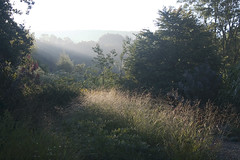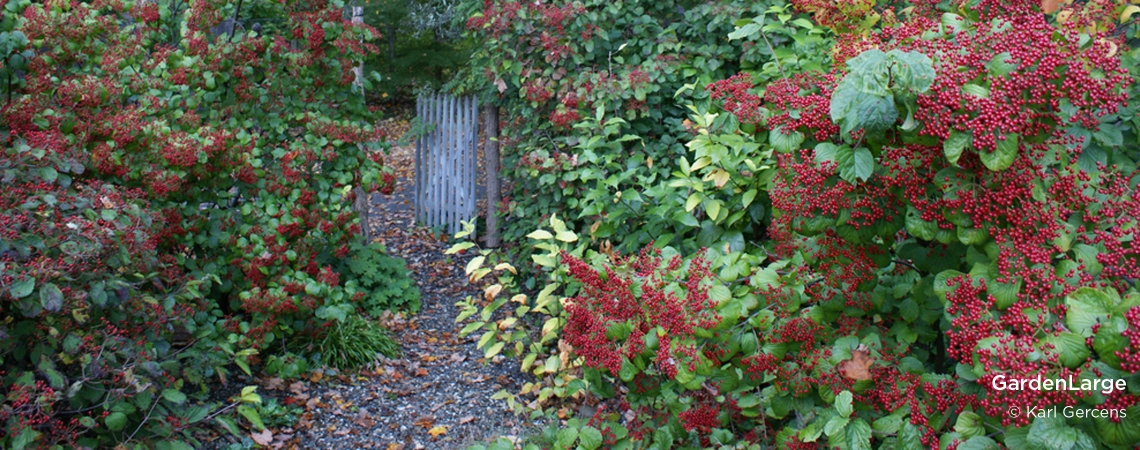-
Photography in the Style of Traditional Chinese Painting by Don Hong-Oai | Retronaut
Here, photography jumps into, and, dreamily, clarifies traditional Chinese painting. The effect is startling and unique; the images create a median between a far-off reality and a composed ideal.
- This series of images was brought to my attention by a college friend now living in the northwest.
 Brine Garden dreaming of Chinese painting
Brine Garden dreaming of Chinese painting



